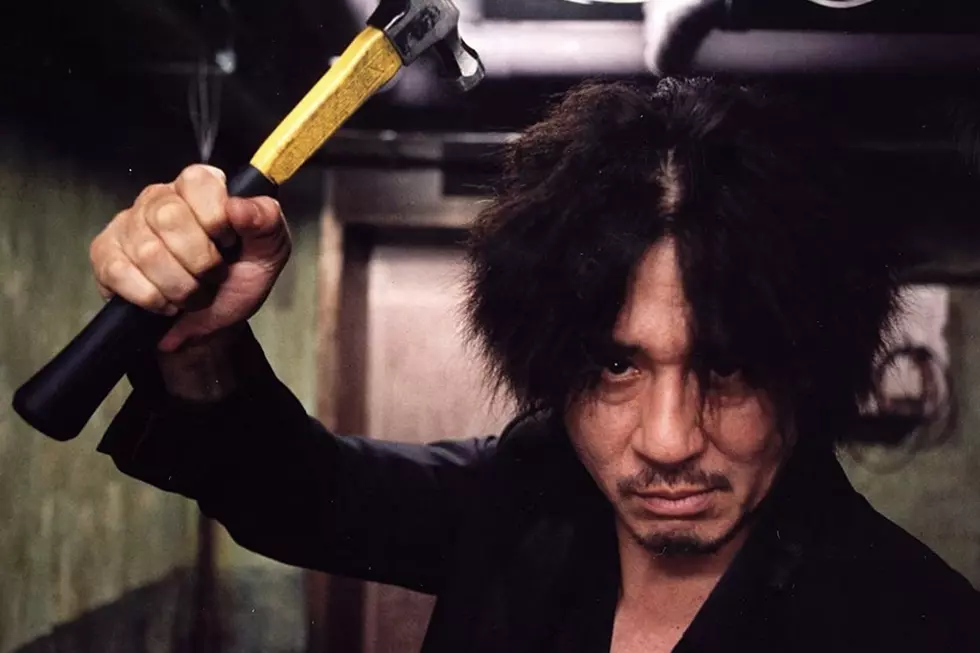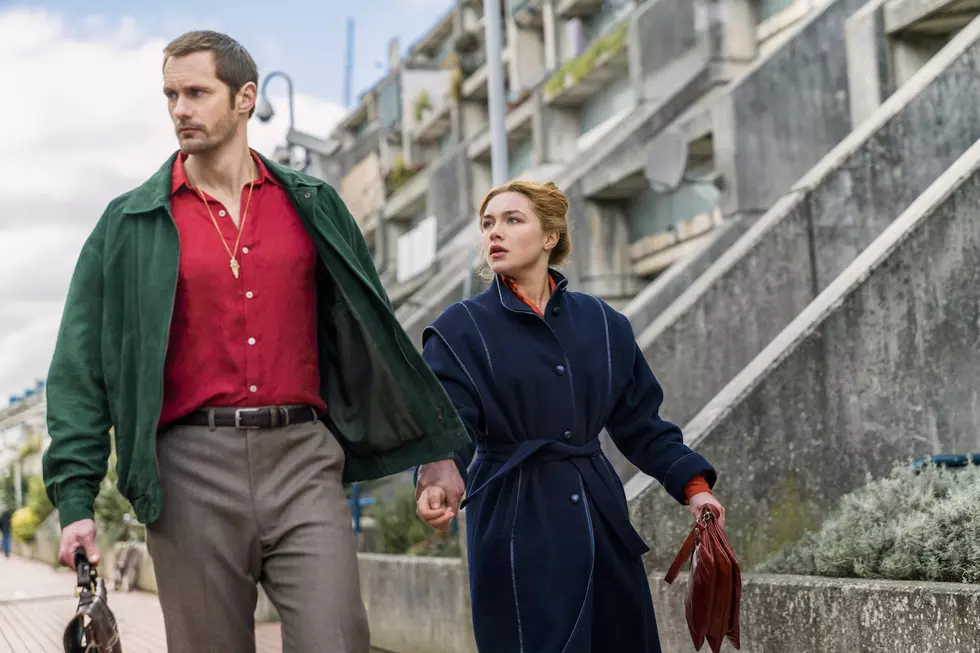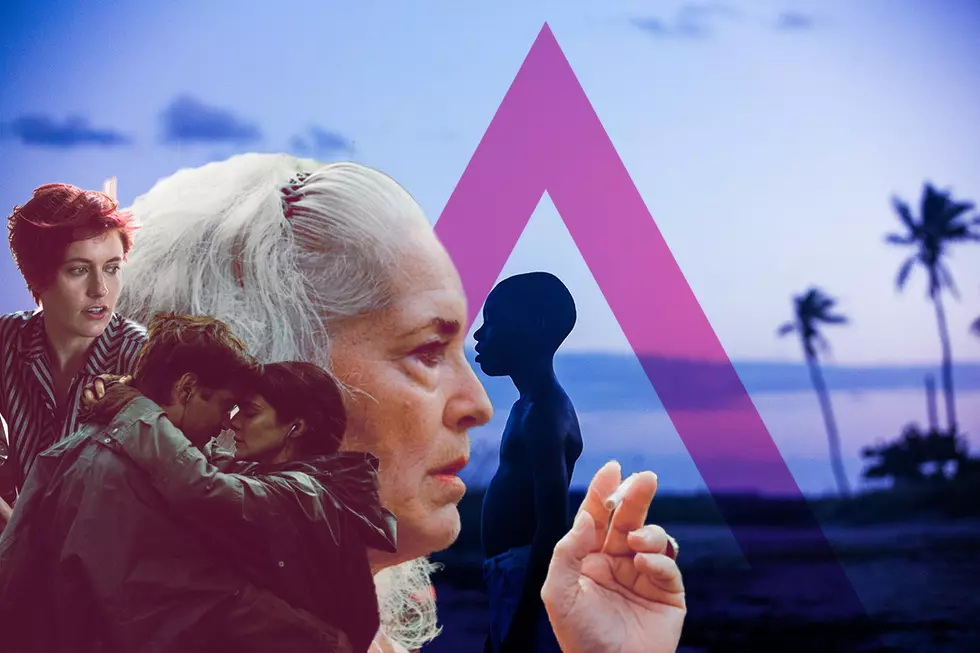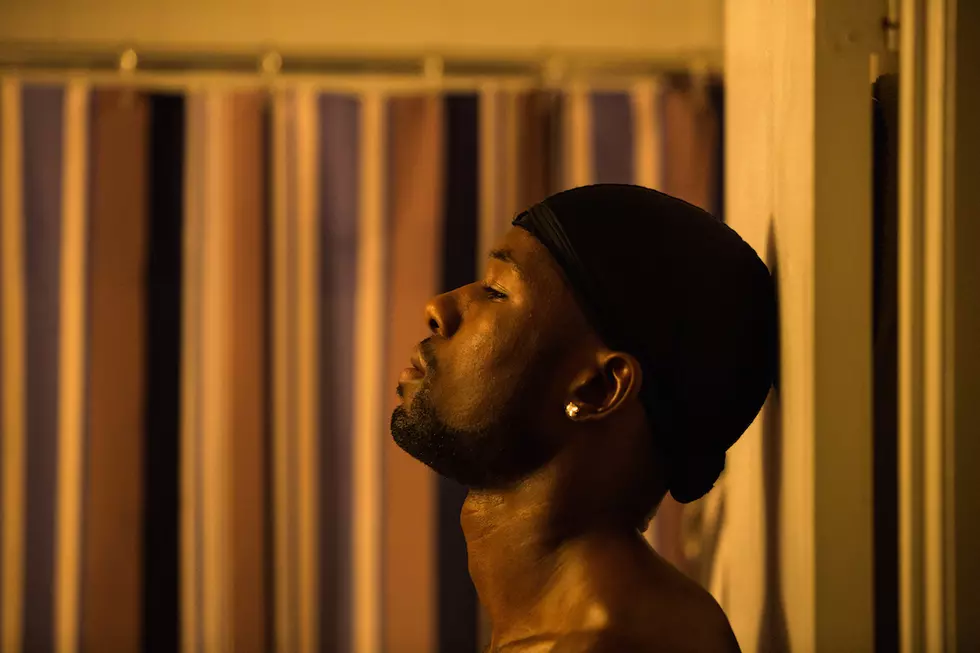
‘The Handmaiden’ Director Park Chan-wook on His Masterful New Thriller and the Universal Language of Filmmaking
After making his English-language debut with Stoker, Park Chan-wook returned to his native South Korea for The Handmaiden, a sensual and gracefully twisted film that is both a clever thriller and, surprisingly enough, a beautiful love story. To say that this is his best film to date is an astonishing suggestion — this is the man behind Oldboy, after all — but a second viewing validated my belief that it is his masterpiece. As a longtime fan, I was anxious to interview Park, who was far less intimidating than I had imagined. He is warm and gracious, and spent the duration slowly pacing around the room (in a great sweater, by the way), speaking his thoughts to a translator with the patient consideration of someone dictating a heartfelt letter.
You followed your first English-language film with The Handmaiden, a Korean adaptation of Fingersmith ... which is an English-language novel. Why did you choose to move this story to Colonial Korea?
Of course when I first read the book, I was reading it and I had England in mind as the place where the film would take place. Once I decided, okay, I’m going to make this film, I found out that there was a BBC miniseries that was already made. Have you seen that series?
I haven’t. I only first heard of it when your adaptation was announced.
I found out that BBC miniseries has quite a significant fandom. I quickly realized that no matter how well I adapt the book, if it’s still set in England, it will be difficult to get out of the BBC series’ shadow. That’s why I decided to move the setting to be Korea and in the end, I’m happy with the decision because I was able to add more layers and depth to the story.
There’s an unexpected element because your name has become synonymous with the Korean revenge genre, but The Handmaiden isn’t necessarily a revenge story. That concept is present, but in a more metaphorical sense, with Korean characters invading a Japanese home.
There is that element, but it’s very complicated. You see, the thing with Korea — there comes this idea of modernity, it’s actually something that made its way into Korea via Japan. It so happens that in the past, Korea is the one that would pass culture on to Japan and because of that, Koreans instantly look down on Japanese and because of their pride, they shut the doors to anything foreign or outside. They try and shut themselves off to outside civilization, whereas the Japanese didn’t. They were able to receive and make scientific discoveries, and they were able to accept all this technology and advancements from our side on their borders, and with such technology and weapons, they were able to overtake Korea, overpower Korea.
So once Korea was occupied by Japan, Korea had no choice but to receive outside culture through Japan.
And then you have the house, which blends design elements from both Japan and Korea.
We arrive at this character, Uncle Kouzuki, whose identity is basically somebody who sees all this modern culture that has been forced into Korean society by Japan, but he looks at it and he’s attracted to it, he’s mesmerized by it and he worships it. This house — it is designed by Uncle Kouzuki, so even if you don’t see him in a scene, if it takes place inside and around the house, you might as well be seeing Uncle Kouzuki in it because it still retains his presence. It’s imbued with his presence.
Kouzuki is also a connoisseur of pornographic art and literature, which shares an interesting and sometimes troubling evolutionary history with technology. How did you approach the nexus between the two?
Rather than say technology in a broad sense, I want to refer to these concepts as modernity, modernism — to say that this is a world where Korea and Koreans for the first time would be familiar with, or heard about, institutions and mental illnesses for the first time. And an idea like stage theater could be established, or at least that’s how it informs Kouzuki, to create sort of a stage inside of his labyrinth, and to have people seek it and for these men with their exploitative gaze to look at a woman, reading pornographic material, and to get pleasure out of it.
But in terms of technology, I did try to show a sense of it by way of Ms. Sasaki operating the levers, which would bring down the mechanized doll. She would operate another lever and the metal doors would clunk shut. By doing this, I want to make a point about back then in Korea, the contraptions that Kouzuki would bring in that ordinary Koreans would never have been able to imagine — all these mechanical contraptions and the effect of being able to bring in electricity into a rural area like this, it would be very difficult in that situation back then, but he has this privilege to bring that in. But that in itself is not very stable, so sometimes there will be blackouts. I wanted to create a sense of unstable civilization.
Do you think of yourself as a feminist?
[smiles and nods] Oh, yes.
I ask because the film is so feminine and feels like an attack on misogyny — there’s a scene in the third act, in Kouzuki’s library, that is literally two women dismantling a patriarchal system.
[laughs] I clearly had those intentions when I was making the film.
Do you find it more difficult to convey your intentions through the English language? Even speaking with you now, through a translator, I can’t help but feel as though some nuance is lost in that translation.
Fundamentally I don’t feel that there is any difference. Everyone who is involved in filmmaking, they are basically speaking the same language. It applies in certain cases - changing over conversation with the actors, who are the kinds of people that basically think that nuance is a matter of life or death.
What would you say is the most significant difference between working in Hollywood and working in Korea?
I would compare my experience to my DP’s experience, who is a Korean but was working with an American crew in the situation of Stoker. Now he would be using jargon like, “let’s use such and such lens,” or “let’s use the focal length lens for such and such here,” etc. Similarly, as people who are professionals or experts at dealing with human emotion, when these professionals are communicating with each other, it’s kind of the same in that they are able to work together very efficiently and they don’t have trouble communicating.
It didn’t take much time until I realized that the language barrier isn’t something that was a challenge. But in terms of the difference between industries in the filmmaking system, I was surprised to find out how much power the studio had compared with how Korean studios are. That came as a shock and required time for me to adapt. But in the end, I was never going with one side’s opinion or their position. I was always able to engage in a conversation and arrive at a resolution that I would suggest that could make both sides happy, so with the end result I was very satisfied.
The Handmaiden opens in select theaters on October 21.
More From ScreenCrush









